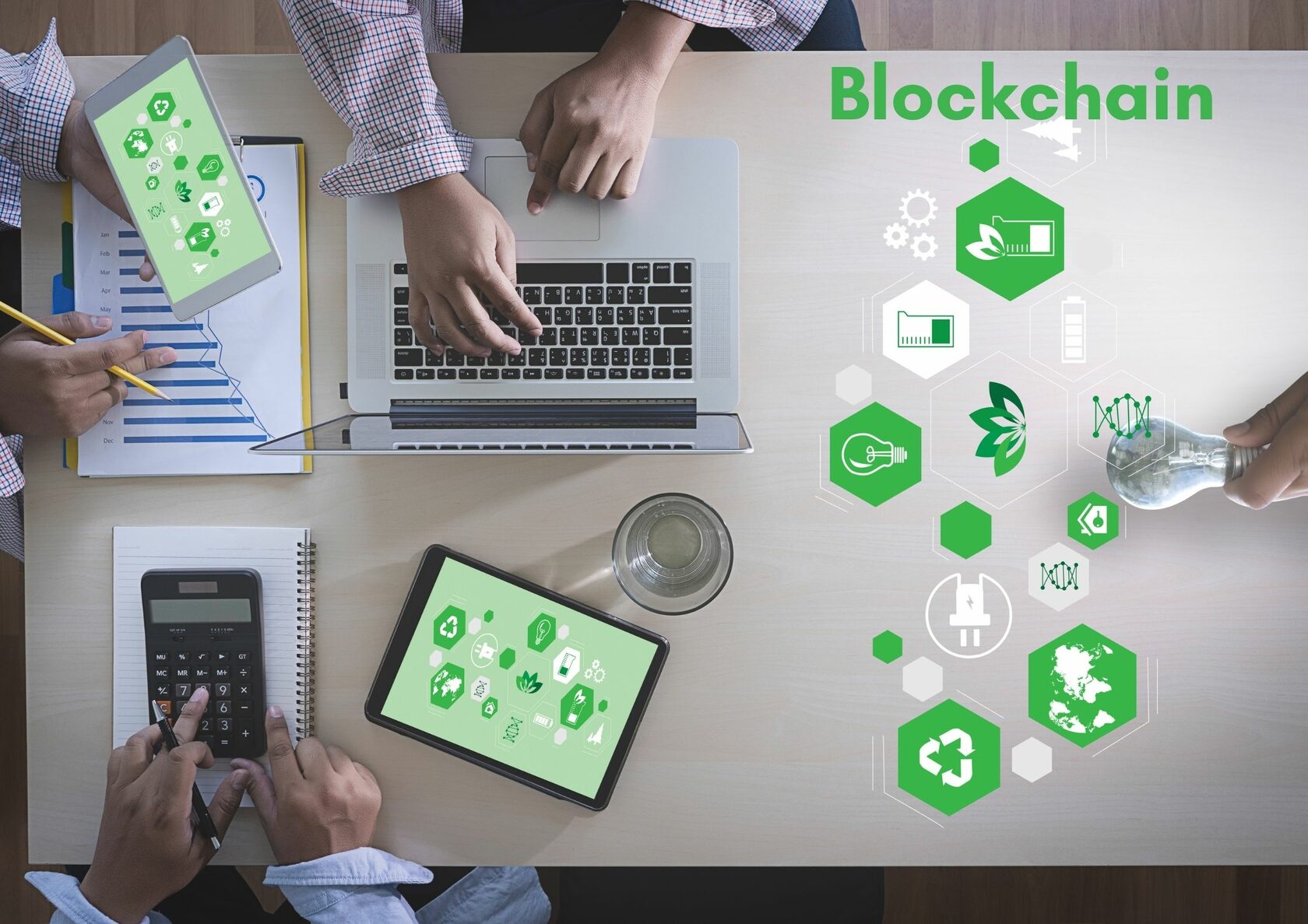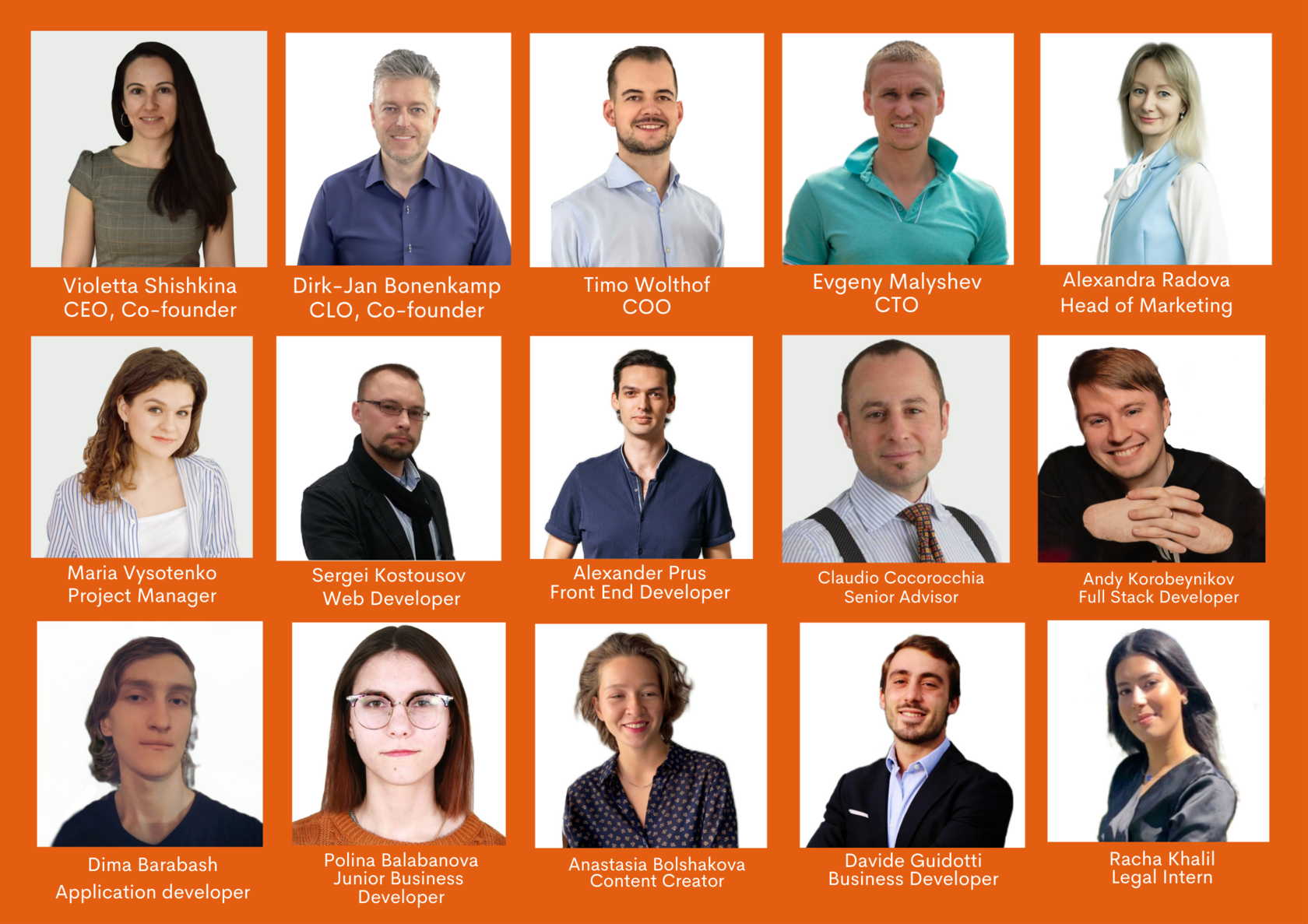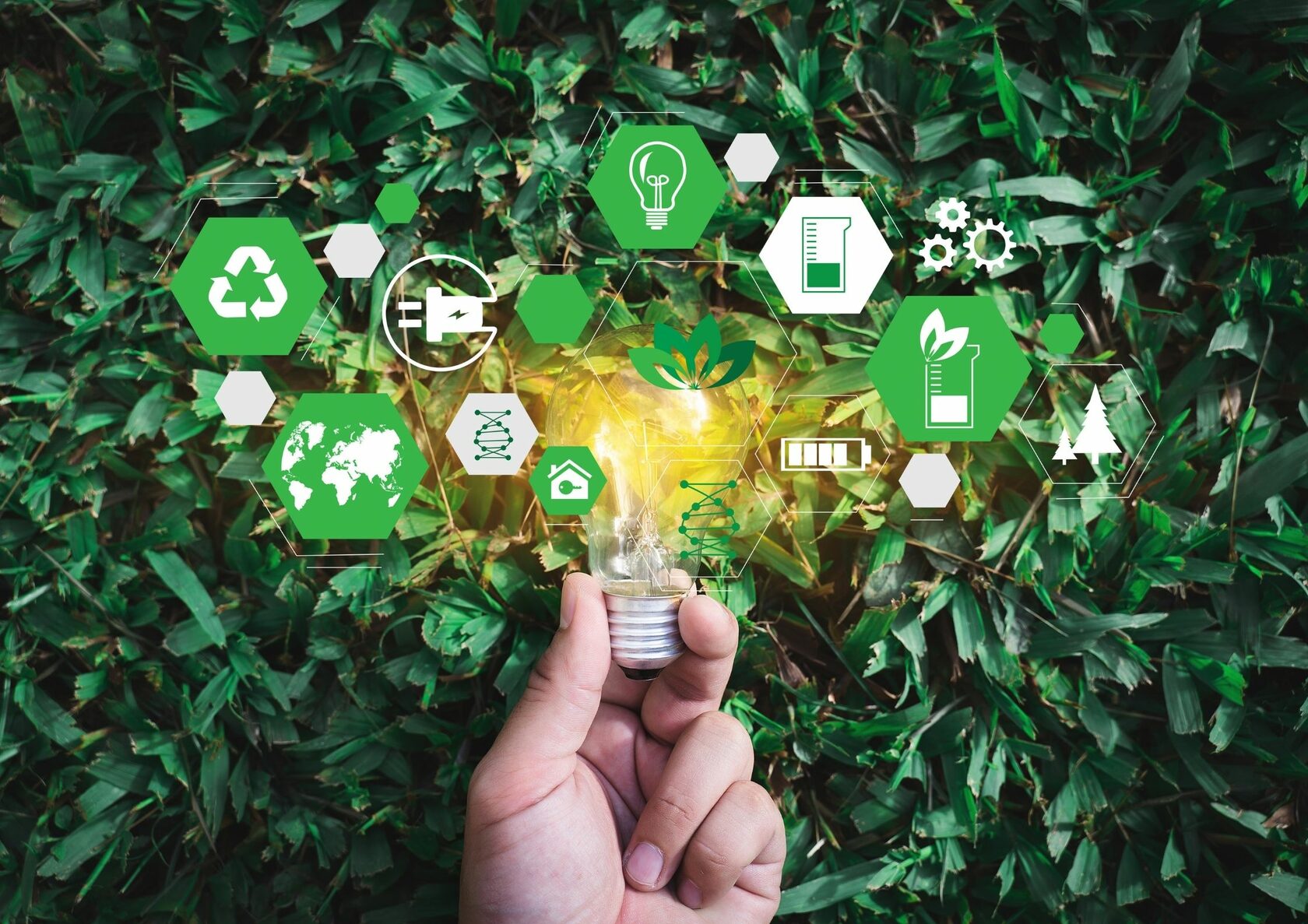For us as a company, it means that the social, economic, and environmental consequences of the development of our company (internal processes), and the solutions that we are creating (external results) will have sustainable results with respect to society at large. And we are absolutely sure that CADChain is as sustainable as it is feasible for a small and young team to be, both internally and externally.
This is an important thing: we don't want to seem sustainable only from the outside, nor do we want to be sustainable because it's hype/required/fashionable, etc. We are sustainable by design!
Ecological sustainability

Due to the bad reputation of certain cryptocurrencies that use a consensus mechanism that is environmentally unfriendly, people tend to think that all blockchains, by default, are unsustainable. That is absolutely not true.
We have consciously chosen a blockchain protocol that is not damaging the environment at all. Moreover, the solutions that we are creating all either directly or indirectly lessen the damage to the environment. Let's talk a bit about that.
Blockchain tracks, verifies, and stores the information about the origin of a product, design owner/creator, processes, iterations, versions, and the parties involved in related transactions. These features increase efficiency and minimize resource and energy consumption.
1. The blockchain technology we use with our plugin and the way we build the workflows provide high transparency of the production processes and, therefore, better management of resources.
2. Tracking every step and iteration throughout the design lifetime can reduce transaction times, provide better quality control, help to avoid human errors and, thus, reduce waste during the production process and all over the supply chain.
3. Licensing feature in our solution enables the user to "recycle" designs many times with multiple clients instead of making new ones each time. Re-usage of the "approved" design and parameters decreases the amount of CPU needed to re-design everything from scratch multiple times by different parties all over the world.
Think about knowledge re-usage as well, and the term "knowledge sustainability" should be applied to this process, as instead of reinventing the wheel, people can use that time to design new things on top of the existing ones. This can give a massive boost to global R&D.
Prototyping can become faster, leading to better quality with fewer iterations. Storing the data about the material used for the production of an item can help with the correct recycling of a product.
4. Blockchain-based self-executing smart contracts allow for non-disclosure agreements and licensing agreements to be executed automatically, without the need for human intervention. Smart contracts automate negotiating and execution processes that would take time, reducing unnecessary bureaucratic activities and paper usage.
5. Computer-aided designs are used for 3d printing, which allows for local production instead of delivering parts and products from afar, thus decreasing logistics-related resources. Soon enough, local production can easily substitute traditional long supply chains and significantly decrease CO2 emission.
6. CADChain works as a remote team which means most of the team members work remotely, saving on traffic-related resources and reducing CO2 emission as well. Others go to the office a couple of times a week to water our office plant. :)
7. As our software is made in the form of a plugin to be installed on top of a CAD system and a web application, it requires no extra hardware resources.
Economic sustainability

Our business model and value chain are built around the sustainability of a different kind as well.
We do so via incentivization of users and gamification of the processes, as knowledge by itself rarely transforms into action. With reason-based decision-making that is prioritized in post-pandemic customer behavior, we stimulate all our stakeholders to be part of the change. With built-in economic incentives, we demonstrate to them how their sustainable actions would correlate with their saved time and money. Here are a few examples:
1. Smart contracts-based non-disclosure agreements drastically decrease legal costs and protect the design owner against possible fraud-related losses. Blockchain controls access and immediately intercepts fraudulent and incorrect data. The arbitration processes that we introduce massively change the way enforcement of the contracts will be done, allowing for the disputes to be mediated outside of the courtroom and even remotely.
2. Smart contract technology used for making self-executing licensing agreements allows the design creator to monetize his/her Intellectual Property and receive an instant reward for their work.
3. Encryption and version control can reduce possible losses due to human error in case the design is sent to the wrong party or a mistake happened during collaboration.
4. The transactions recorded within the blockchain cannot be removed thanks to the hash pointer mechanism that binds the blocks. Time-stamping allows keeping a log of all participants, actions, and times. Therefore, these features enable collecting the data that may serve a strong proof in a possible design misappropriation court case, helping to achieve justice. And don't worry about GDPR, KYC, and all of that: we will take care of that as well.
Besides, the use of CADChain will improve productivity, reduce the time spent on process control, increase competitiveness and provide the companies and independent designers with additional profits and competitive advantage, the value of which is hard to estimate at the moment due to the limitless business models that are yet to be created.
Social sustainability

The technology that we are developing and the new business models that we are creating require multidisciplinary expertise (at the intersection of law and Ricardian contracts, CAD and blockchain, etc.) that is not currently available. So we are creating new professions that are required by our startup.
We are using a hiring strategy that takes learnability and projected value into consideration and integrating in-house education into their schedules. We are also educating the general public on issues like IP, blockchain (via lectures, seminars, etc.), and ownership. And we are trying to tackle the social issues that impede social development globally.
1. In the past five years, progress on gender equality has demonstrated the least amount of effectiveness (according to a recent EU report) due to misaligned strategies.
In CADChain, we are building the internal policy of the company so that we prioritize gender equality by default. We do so with the help of in-house training and educational programs that are aimed at leveling the playing field for females who want to enter IT, and with indirect stimulation of diversity via technology, business models, and economic incentives, we are supporting the goal not with rhetorics but with actions.
For example, here's our social impact project Fe/male Switch that aims to bring more women into tech startups. And here's more information about what it is that we do inside the company and with the help of our products.
2. CADChain is actively investing in a culture of diversity. Our team is a group of talented people from the Netherlands, Russia, and Italy. Our startup is founded by a mixed team, and we are managing to keep the diversity at an equilibrium.
The age range of our team is from 20 to 60+. We are proud to have people of different backgrounds and personalities. Without a doubt, we value talent and involvement over social bias and embrace gender, age, culture, and geographical diversity at the moment. And we are looking forward to diversifying ourselves even more!
3. Being able to track and monitor a design journey would allow the partners of the supply chain to reduce the risk of fraud and prevent counterfeit products that may be a threat to public health and the economy.
4. As the information is secured and time-stamped, it cannot be altered or modified. This reduces the risk of fraud and errors, ensuring trust among participants and creating a new safe environment for communication between companies. This will increase business agility and help users to make sustainable decisions.
Trust

Sustainable development is a mindset encompassing a higher-efficiency resource-saving product and the set of practices utilized throughout the development course. And we strive to implement this mindset in every possible way.
Feel free to ask us questions, propose more ideas, or disagree on certain aspects. We are happy to discuss and brainstorm.


